Nothing ruins an epic adventure quite like bumping elbows with hundreds of other tourists at every turn. The world’s most famous destinations often suffer from their popularity, making it hard to connect with nature or truly experience authentic culture.
Fortunately, plenty of remarkable places remain relatively untouched by mass tourism. Here is a list of 20 incredible destinations where you can satisfy your craving for adventure while enjoying the serenity that comes with fewer fellow travelers.
Faroe Islands
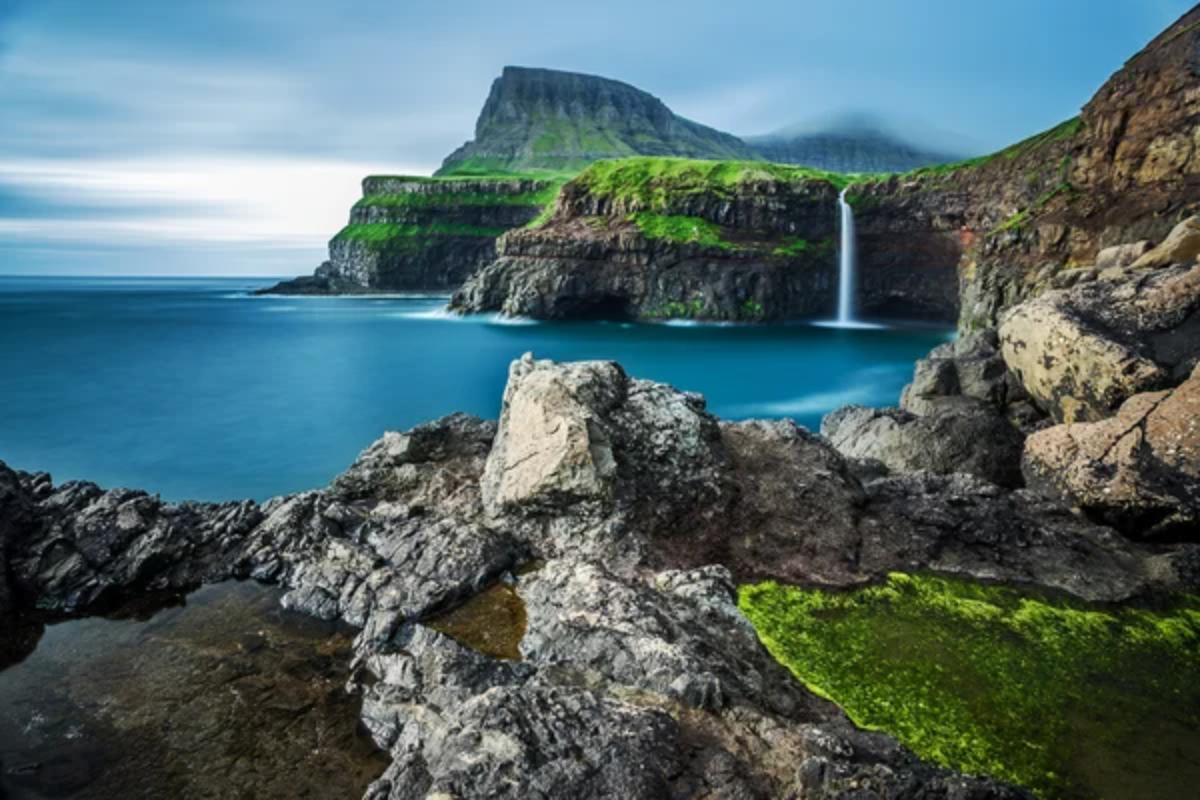
Nestled between Iceland and Norway, these rugged islands offer dramatic landscapes without Iceland’s tourist numbers. Sheer cliffs drop into churning seas, and humble villages with grass-roofed houses dot the countryside.
Hiking trails crisscross the islands, leading to stunning viewpoints that you might have entirely to yourself, even in summer.
Svaneti, Georgia
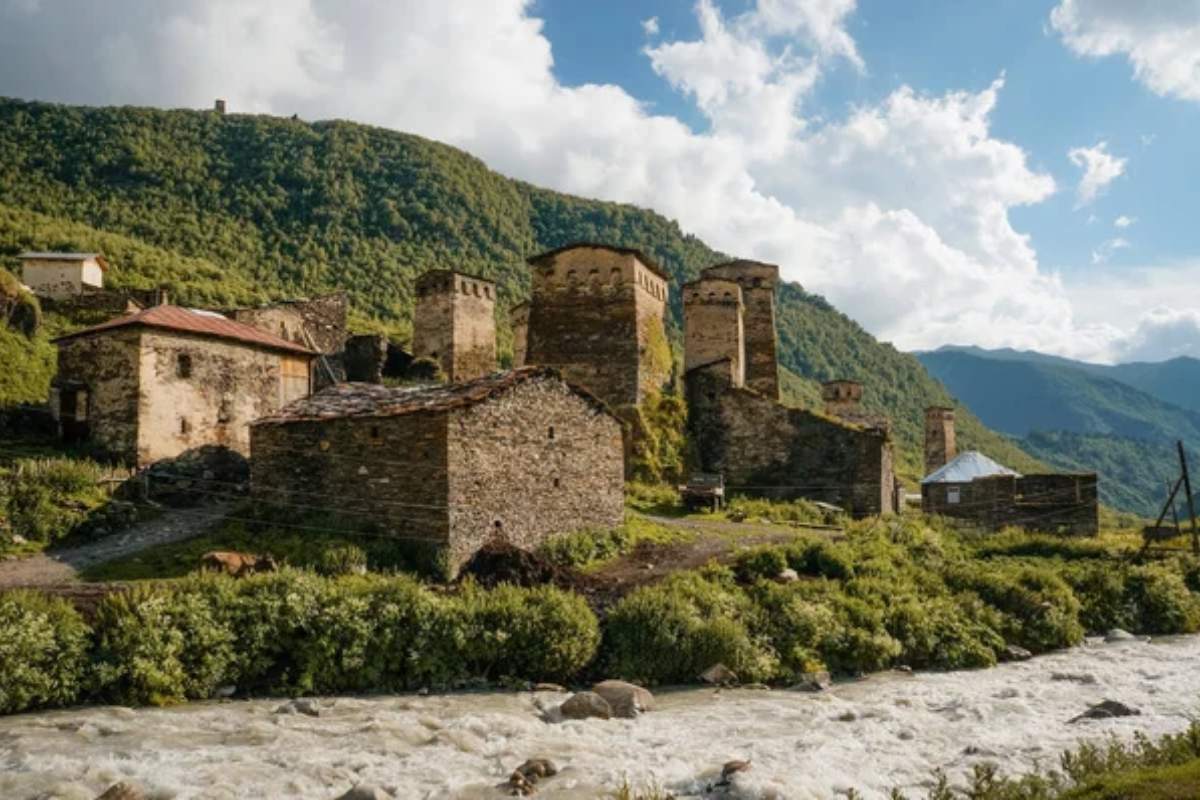
This remote mountain region in the Caucasus Mountains feels like stepping back in time. Medieval defensive towers rise from villages surrounded by 16,000-foot peaks. The local Svan people maintain distinct traditions, and the hiking is world-class, with multi-day routes connecting isolated communities.
The journey there involves a spectacular but hair-raising mountain drive, acting as a natural filter for casual tourists.
Like Travel Pug’s content? Follow us on MSN.
Madagascar’s Avenue of the Baobabs
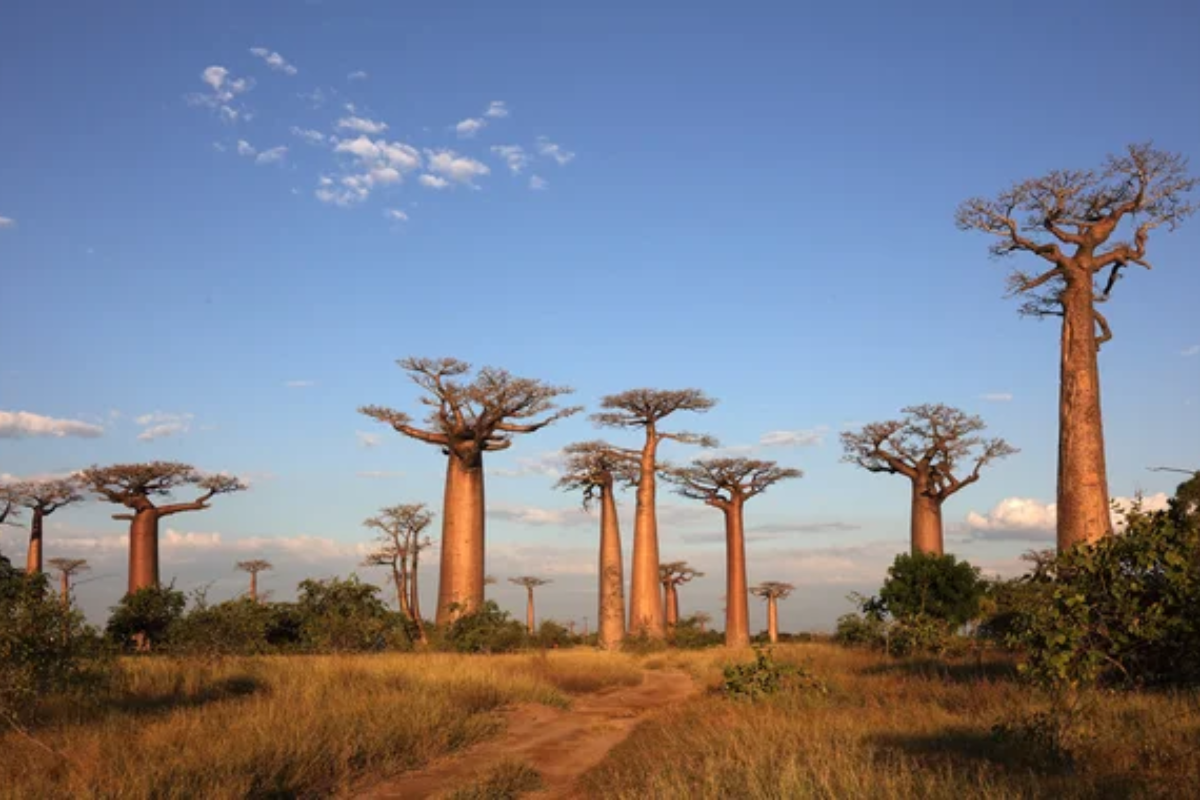
While Madagascar’s beaches and lemurs draw some visitors, the iconic Avenue of the Baobabs remains surprisingly uncrowded. These ancient trees, some over 800 years old, create an otherworldly landscape, especially at sunset.
The surrounding areas offer opportunities for wildlife spotting and cultural exchanges with local communities that maintain traditional lifestyles.
Mount Assiniboine Provincial Park, Canada
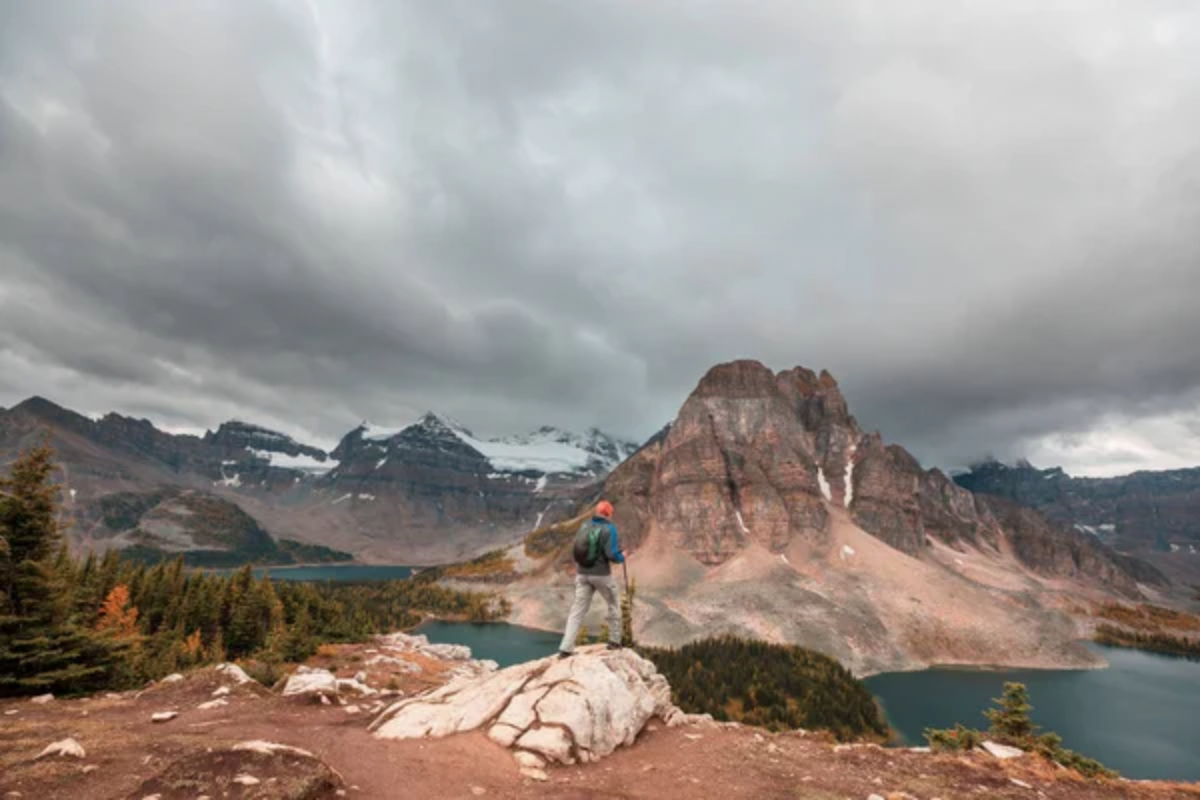
Often called the ‘Matterhorn of North America,’ this stunning peak anchors a wilderness area accessible only by helicopter or a 17-mile hike. The effort required keeps crowds away, rewarding those who make the journey with alpine meadows, turquoise lakes, and mountain vistas.
The limited number of visitors means wildlife sightings, including moose and grizzly bears, remain common.
Banaue Rice Terraces, Philippines
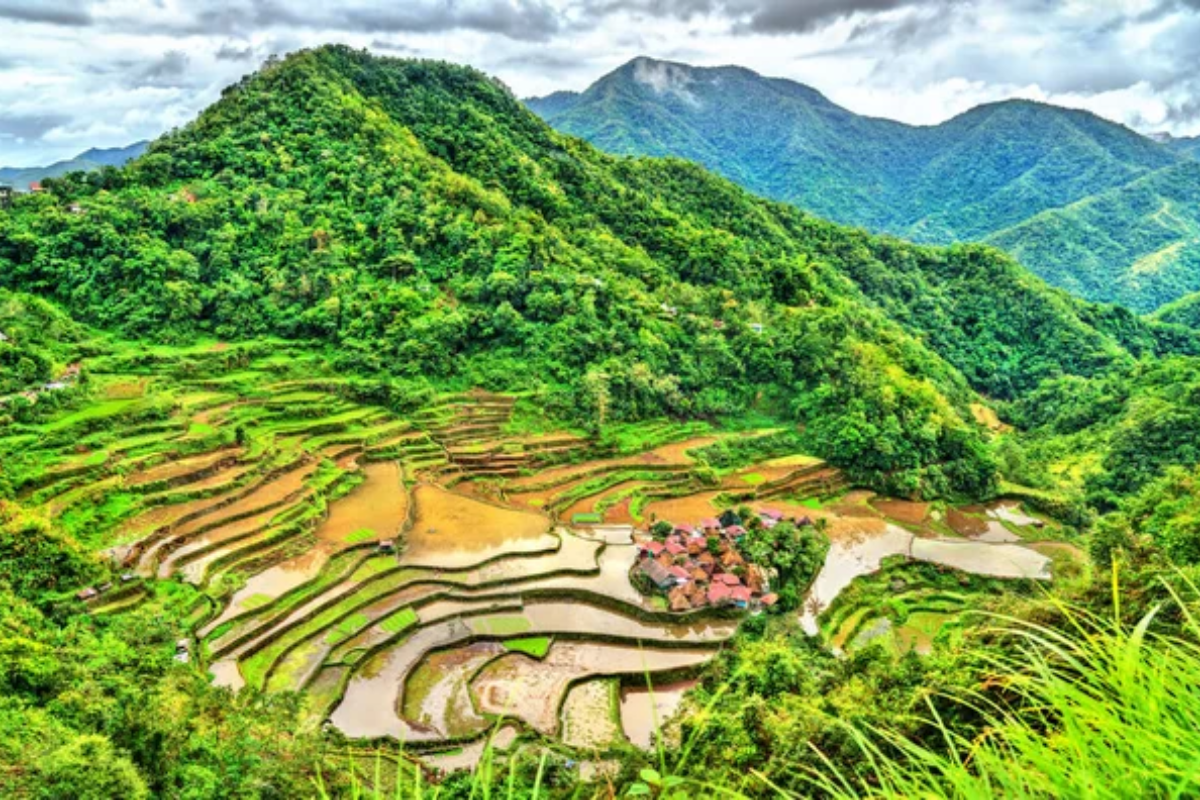
These 2,000-year-old terraces carved into mountainsides by indigenous Ifugao people offer adventure combined with cultural immersion. The terraces create natural staircases that invite exploration, leading to traditional villages where ancient customs persist.
Their remote location in northern Luzon means you’ll share the experience with locals rather than tour groups.
Like Travel Pug’s content? Follow us on MSN.
Aysén Region, Chile
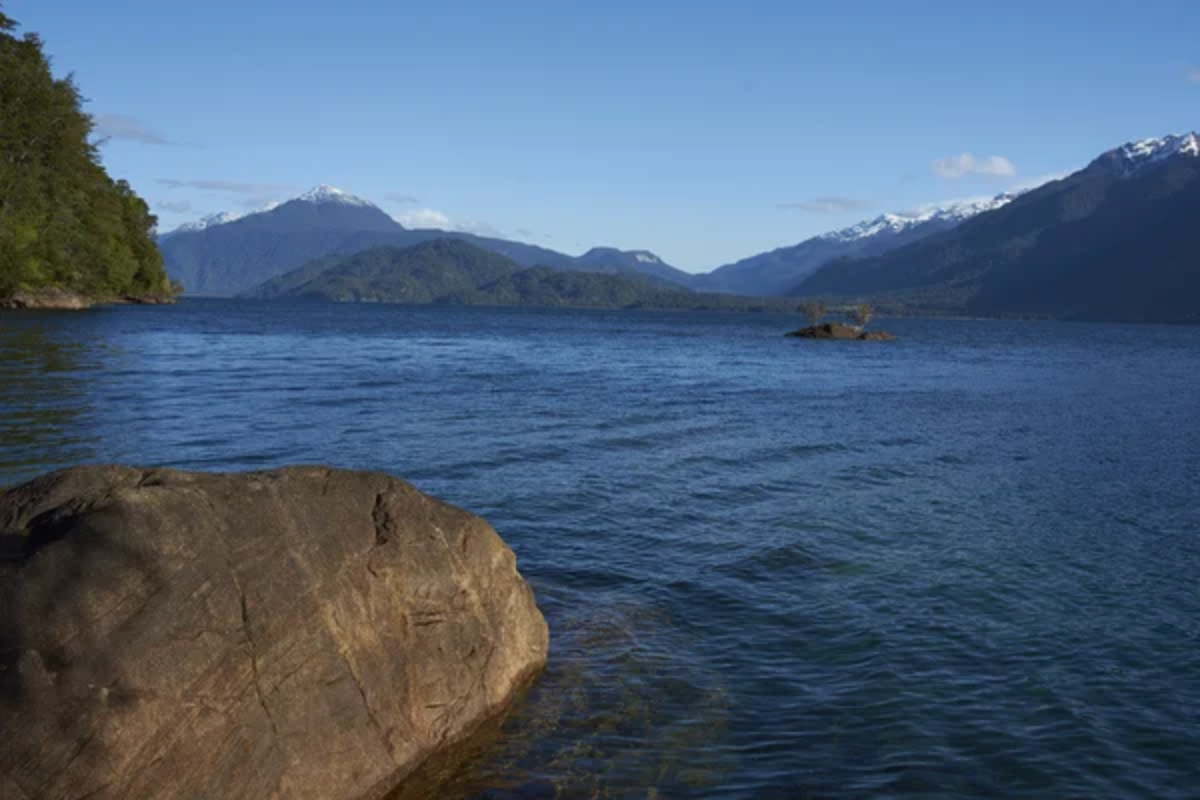
This sparsely populated region offers Patagonian wilderness without the crowds of Torres del Paine. The Carretera Austral (Southern Highway) winds through valleys, past glaciers, and beside turquoise rivers, with numerous side trails for hiking.
The marble caves of General Carrera Lake provide kayaking adventures through swirling stone formations, often with no other boats in sight.
Somaliland
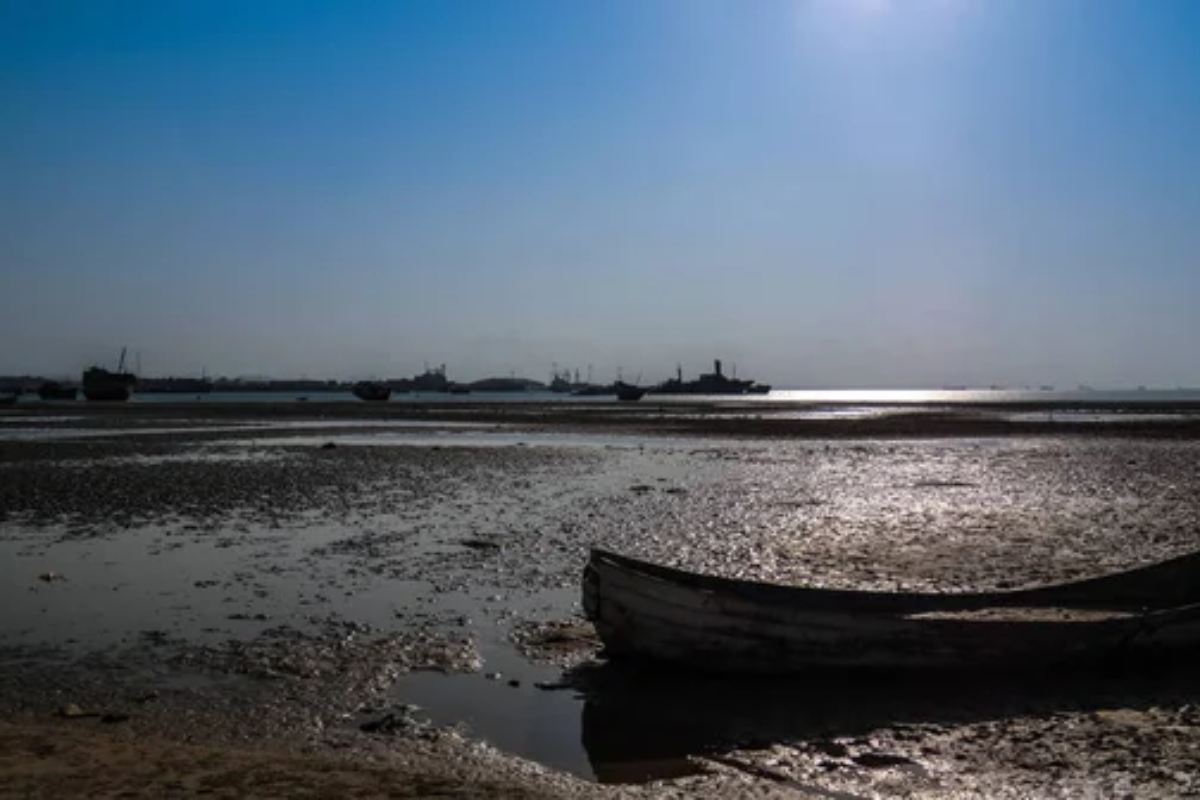
This self-declared independent state (though internationally recognized as part of Somalia) offers remarkable cave paintings at Laas Geel that rival Europe’s famous sites. Dating back 5,000 years, these vivid images depict ancient pastoral life.
The country’s isolation means that unlike similar sites worldwide, you won’t need timed tickets or have to peer over crowds.
Raja Ampat, Indonesia
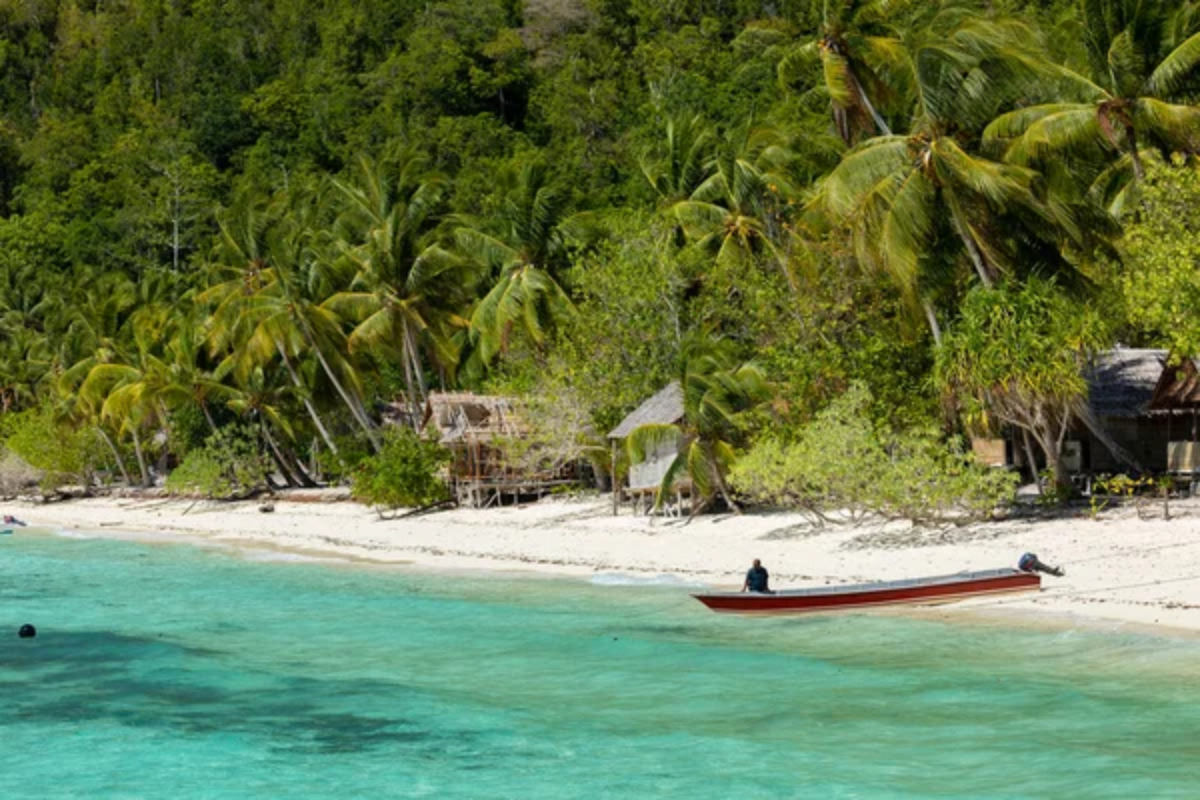
While increasingly known among divers, the remote location of these islands keeps visitor numbers manageable. The underwater ecosystem boasts the highest marine biodiversity on Earth, with more than 1,500 fish species and 75% of the world’s known coral species.
Above water, jungle-covered islands create a maze of channels perfect for exploration by kayak.
Like Travel Pug’s content? Follow us on MSN.
Hoh Rain Forest, Washington
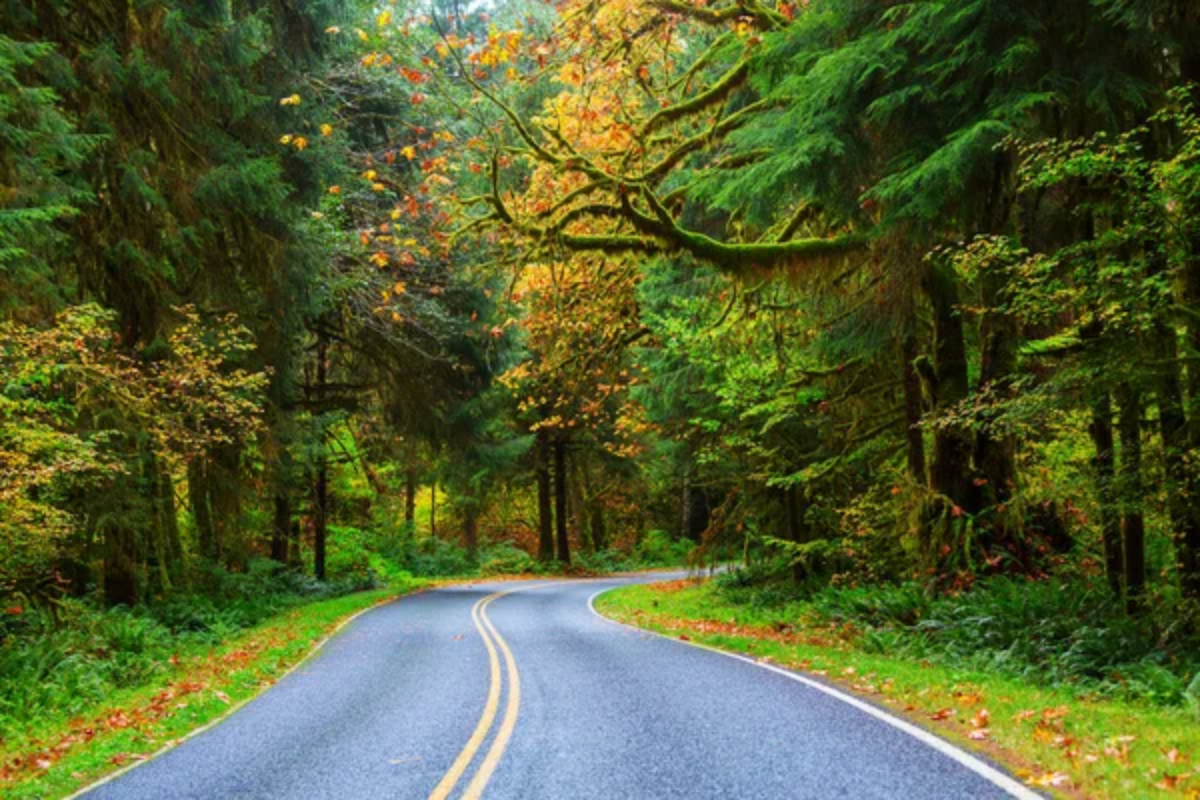
This temperate rainforest receives up to 170 inches of rain annually, creating an ecosystem straight from a fairy tale. Moss drapes from ancient trees, and the dense canopy creates an enchanted atmosphere that changes with the fog and light.
While Olympic National Park attracts visitors, this particular section remains relatively quiet, especially on weekdays and during shoulder seasons.
Kyrgyzstan’s Song Kol Lake
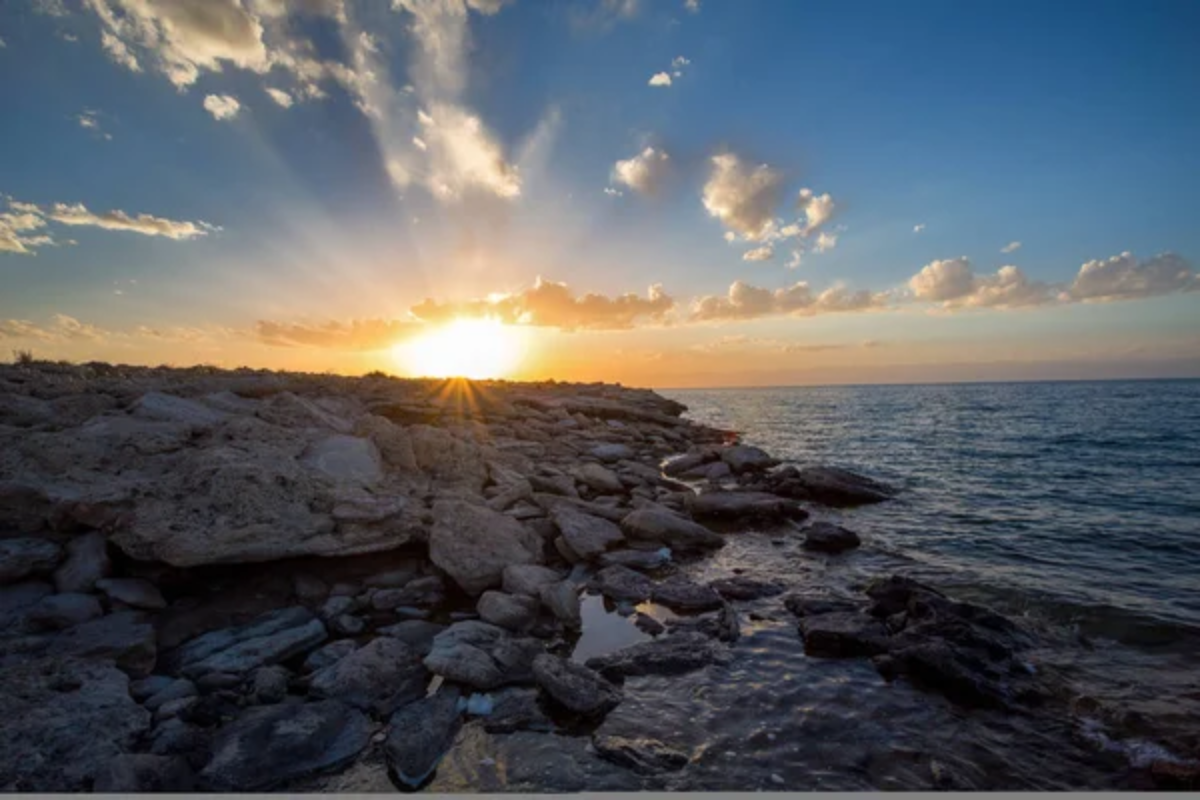
High in the Tian Shan mountains, this alpine lake sits surrounded by pastures where nomadic families still practice traditional herding. Staying in a yurt, riding horses across vast grasslands, and hiking to panoramic viewpoints provide authentic adventures.
The country’s developing tourism infrastructure means facilities remain basic but hospitality exceptional.
Dientes de Navarino Circuit, Chile
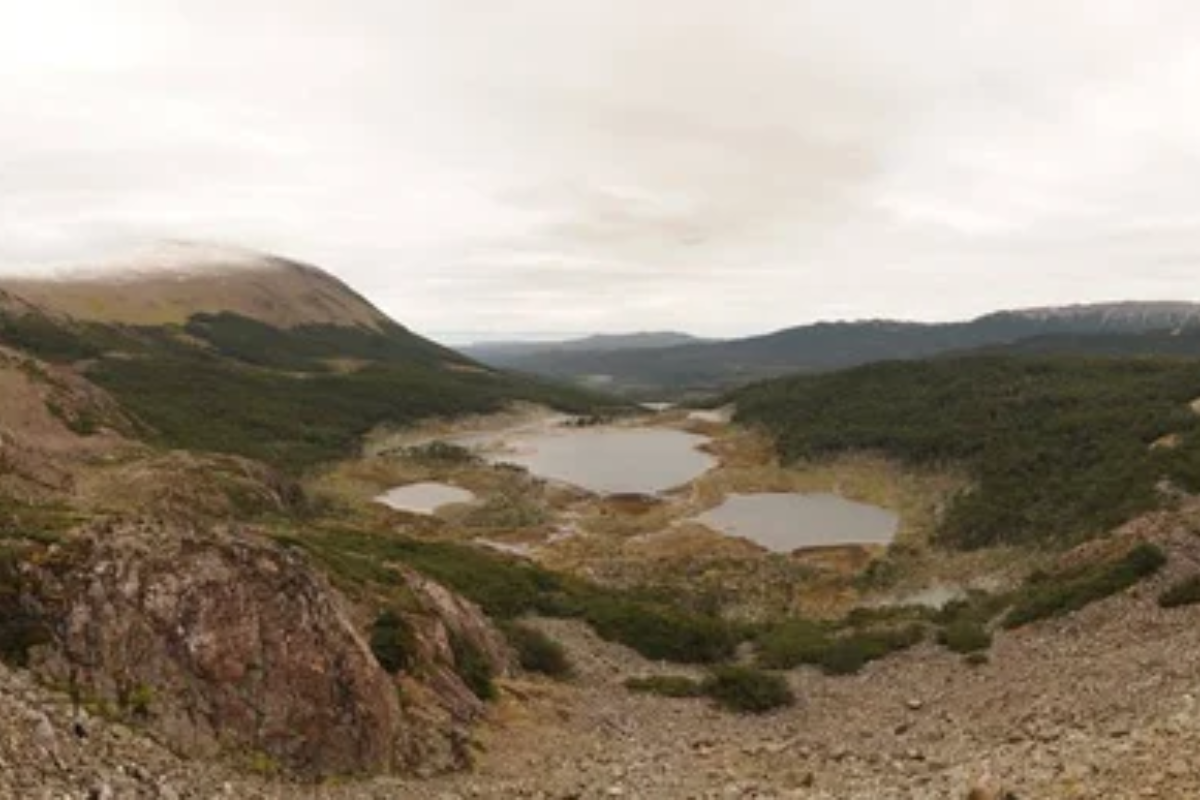
The southernmost trek in the world circles Navarino Island near the tip of South America. The challenging 33-mile loop takes hikers through diverse ecosystems with views of the Beagle Channel and distant peaks.
Weather conditions can be harsh, but the reward is an experience shared with perhaps a dozen other hikers rather than hundreds.
Like Travel Pug’s content? Follow us on MSN.
Socotra Island, Yemen
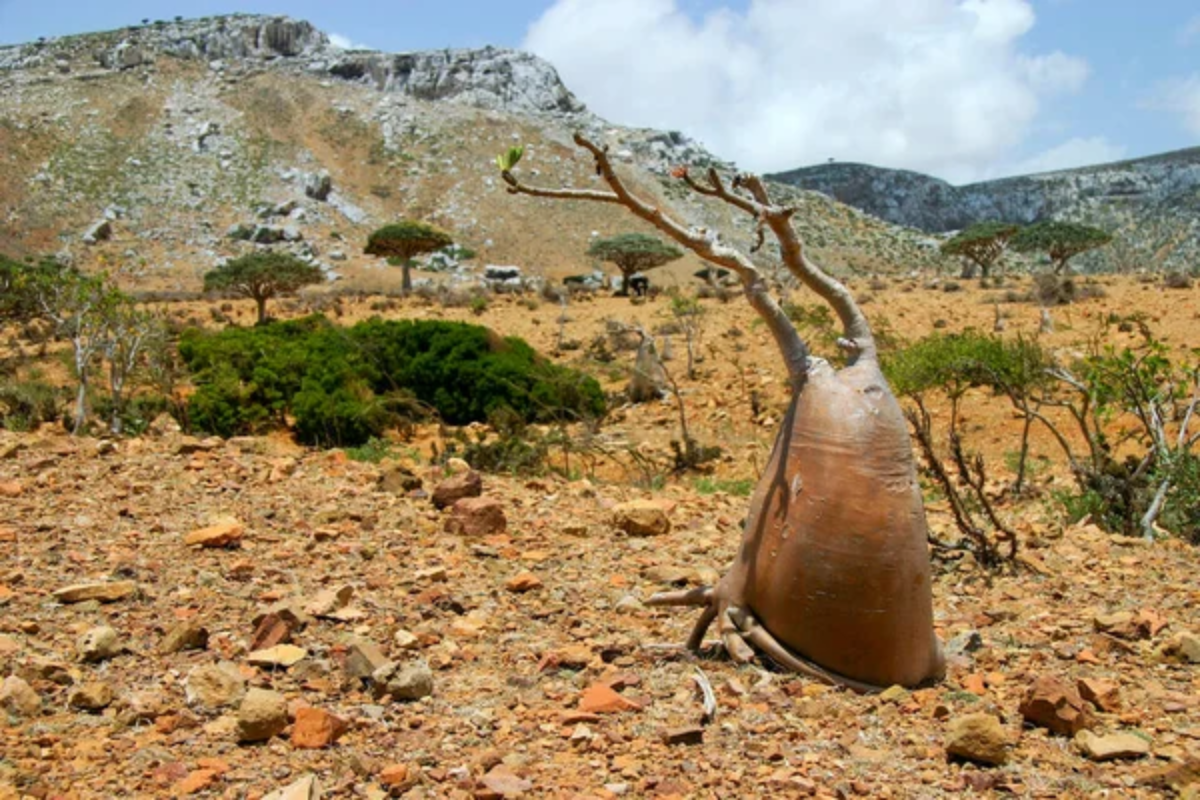
Despite challenges reaching this isolated island, the effort reveals an ecosystem so unique it’s often called the ‘Galapagos of the Indian Ocean.’ Dragon blood trees with umbrella-shaped canopies and bottle-trunked desert roses create landscapes that seem alien.
Political complications have kept mass tourism at bay, though access has improved somewhat in recent years.
Geirangerfjord’s Abandoned Farms, Norway
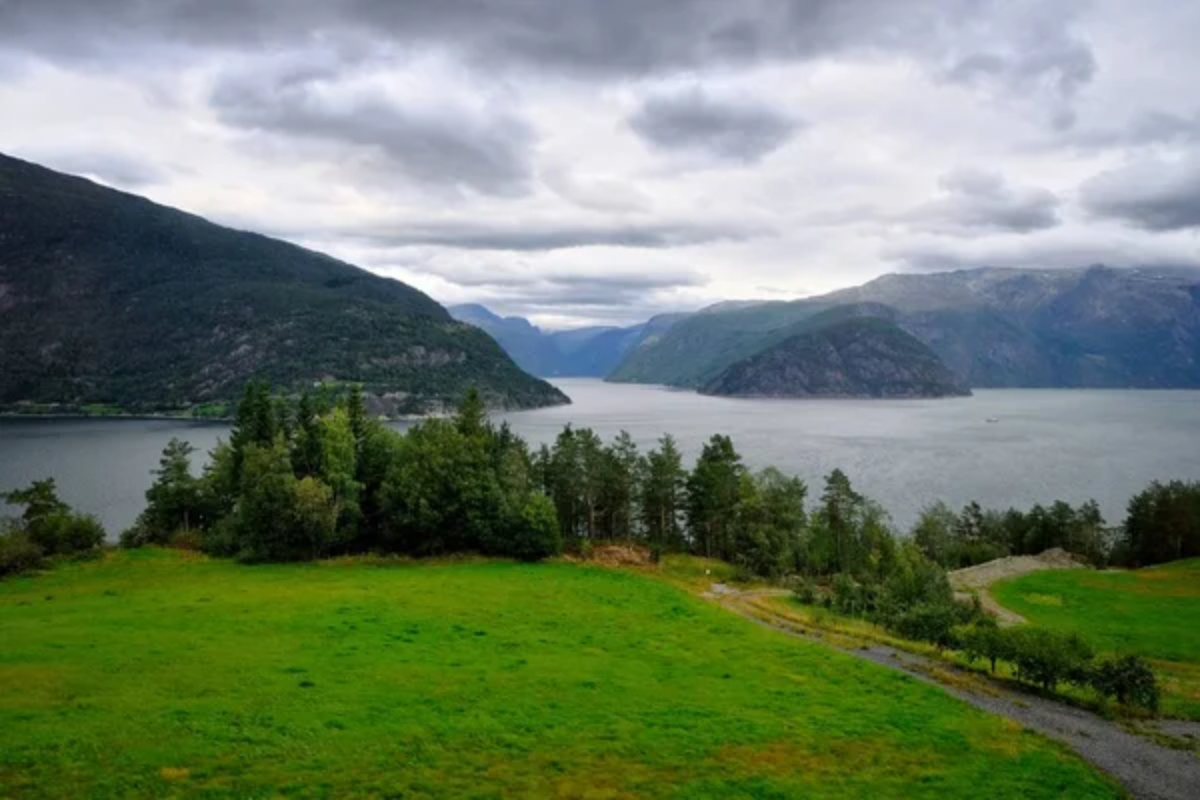
While cruise ships visit this UNESCO-listed fjord, few tourists venture to the abandoned mountain farms perched on seemingly inaccessible ledges. Hiking trails lead to these historic homesteads, offering perspectives of the fjord unavailable from the water.
The farms tell stories of remarkable human adaptation to extreme environments and provide perfect picnic spots away from the tour boats below.
Copper Canyon, Mexico
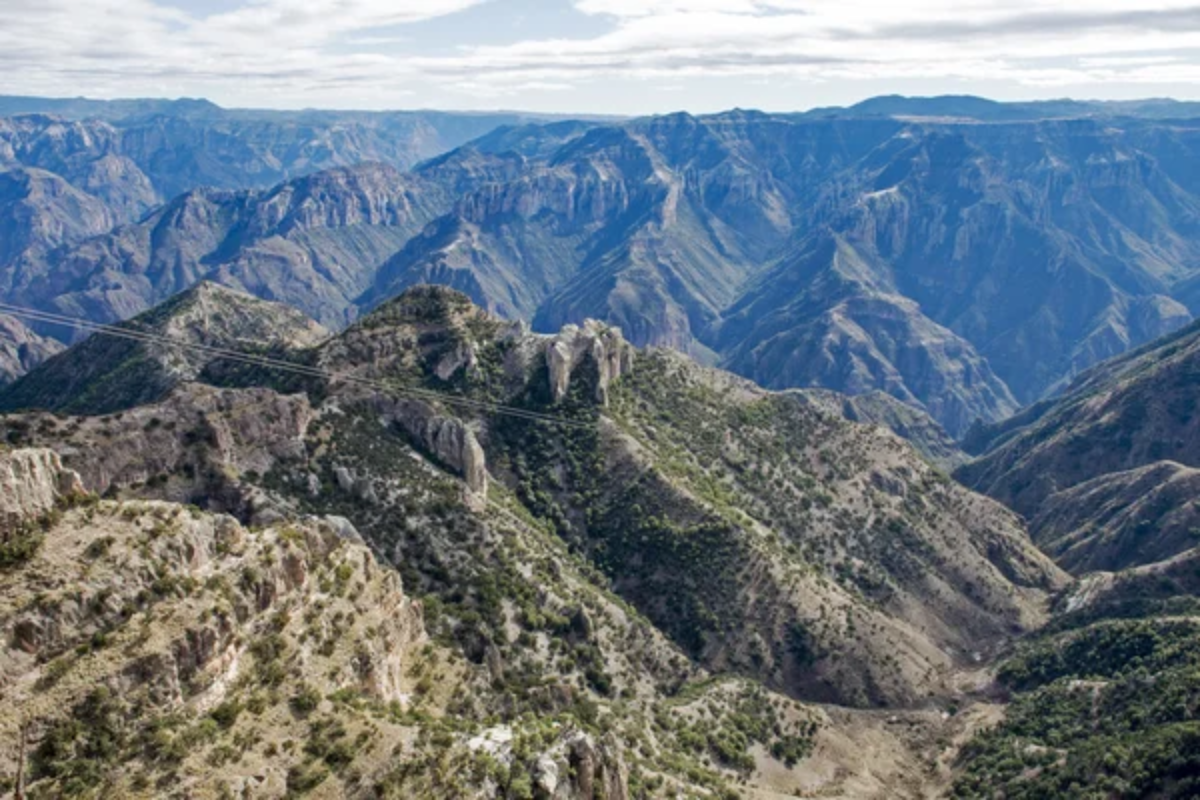
Deeper and larger than the Grand Canyon, this network of canyons in northern Mexico sees a fraction of its famous counterpart’s visitors. The indigenous Rarámuri people maintain centuries-old traditions in remote settlements.
The newly improved Chepe Express train makes access easier, but most travelers still stick to a few lookout points, leaving countless side canyons virtually unexplored.
Like Travel Pug’s content? Follow us on MSN.
Mongolia’s Altai Mountains
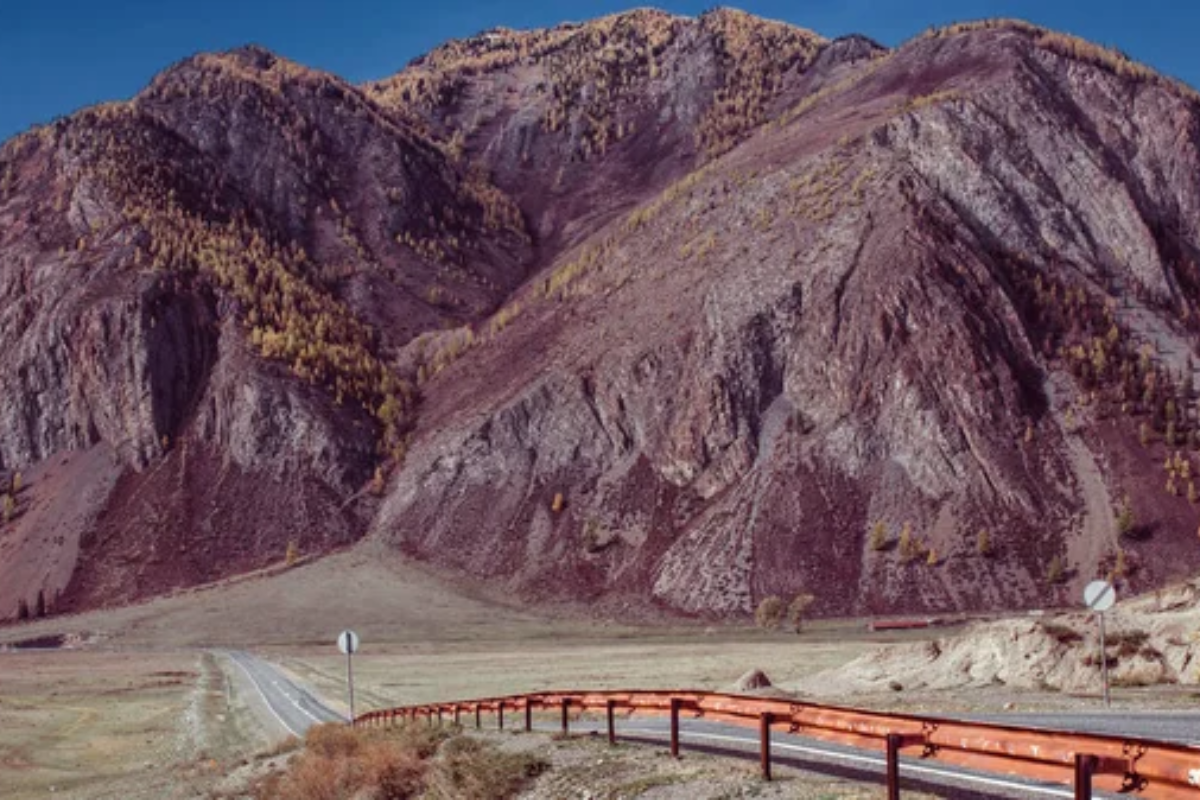
The westernmost region of Mongolia offers eagle hunting traditions, petroglyphs, and landscapes virtually unchanged for millennia. Homestays with Kazakh families provide immersion in nomadic culture, while trails lead past glaciers and alpine lakes.
The isolation means infrastructure remains minimal, but for self-sufficient travelers, the rewards include nights under star-filled skies unmarred by light pollution.
The Catlins, New Zealand
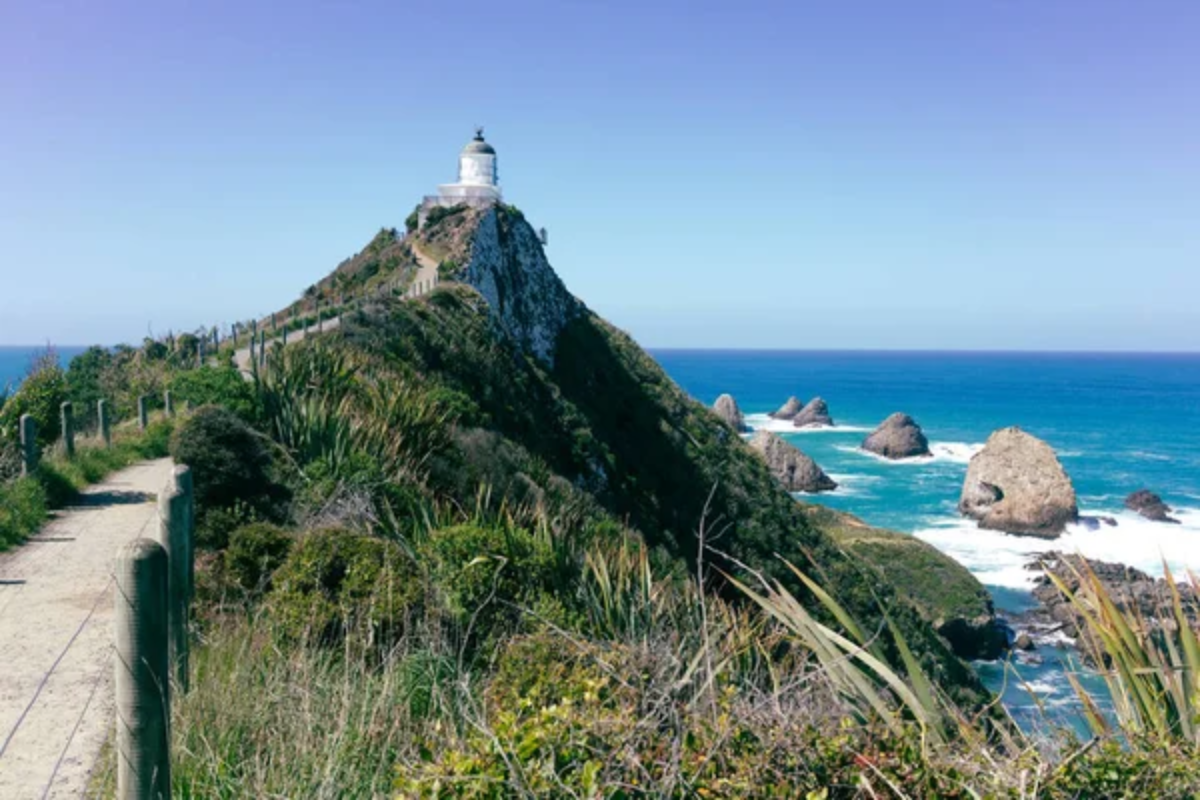
While tourists flock to New Zealand’s famous tracks and adventure hubs, this remote corner of the South Island remains refreshingly quiet. Wild beaches, fossilized forests revealed at low tide, and rare yellow-eyed penguins offer natural wonders without the crowds.
The rugged coastline features numerous waterfalls plunging directly into the sea, many reached by short walks through native forests.
Maramureș, Romania

This rural region preserves traditions that have disappeared elsewhere in Europe. Wooden churches with soaring spires dot rolling hills, while farmers use horse-drawn carts on country lanes. Hiking trails connect villages known for intricately carved wooden gates and houses built using techniques unchanged for centuries.
The slow pace of life invites visitors to linger and engage with local customs.
Like Travel Pug’s content? Follow us on MSN.
Arunachal Pradesh, India

India’s remote northeastern state requires special permits, limiting visitor numbers to this culturally diverse region. More than 25 distinct tribal groups maintain traditions, festivals, and languages within landscapes ranging from subtropical forests to Himalayan peaks.
Villages connected by footpaths offer homestay opportunities, providing intimate glimpses into cultures rarely seen by outsiders.
São Tomé and Príncipe
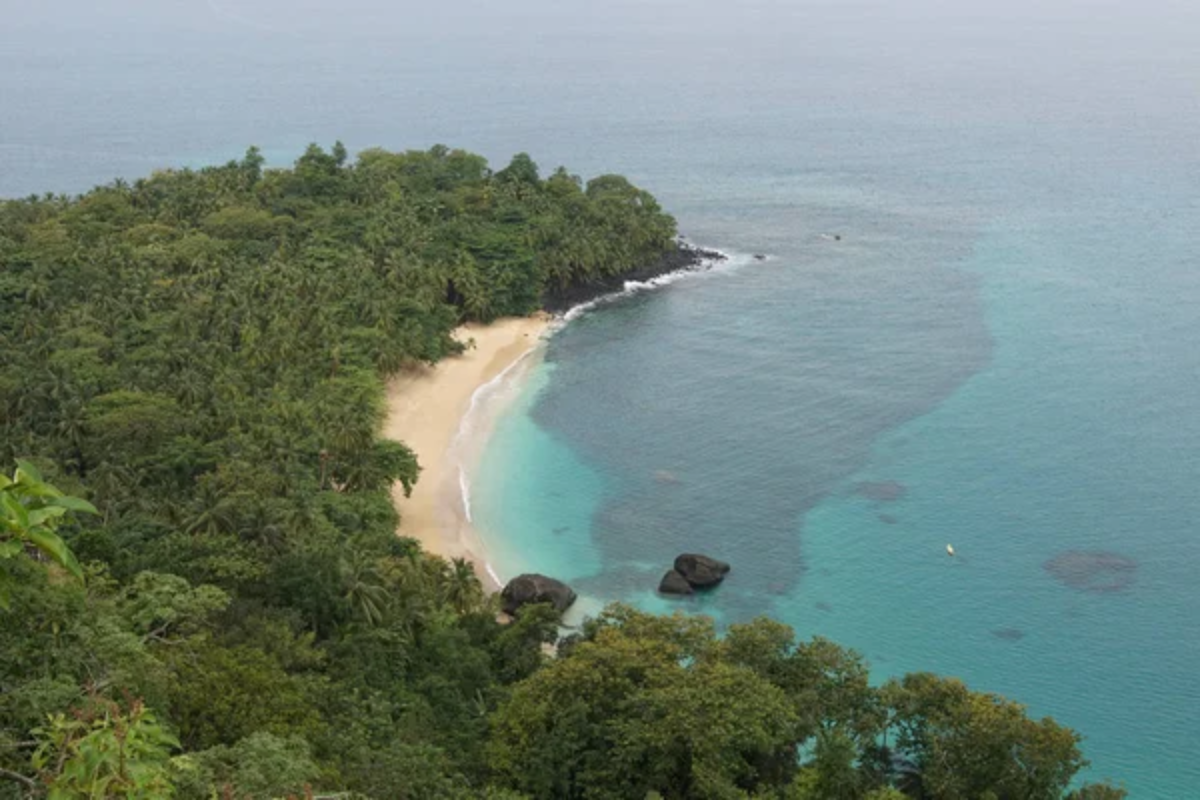
Africa’s second-smallest country, this island nation in the Gulf of Guinea combines volcanic landscapes with colonial architecture and pristine beaches. Hiking through the jungle to reach hidden waterfalls, exploring abandoned cocoa plantations reclaimed by the forest, and snorkeling in crystal waters provide diverse adventures.
The entire country receives fewer visitors annually than many individual attractions in tourism hotspots.
The Robert Louis Stevenson Trail, France
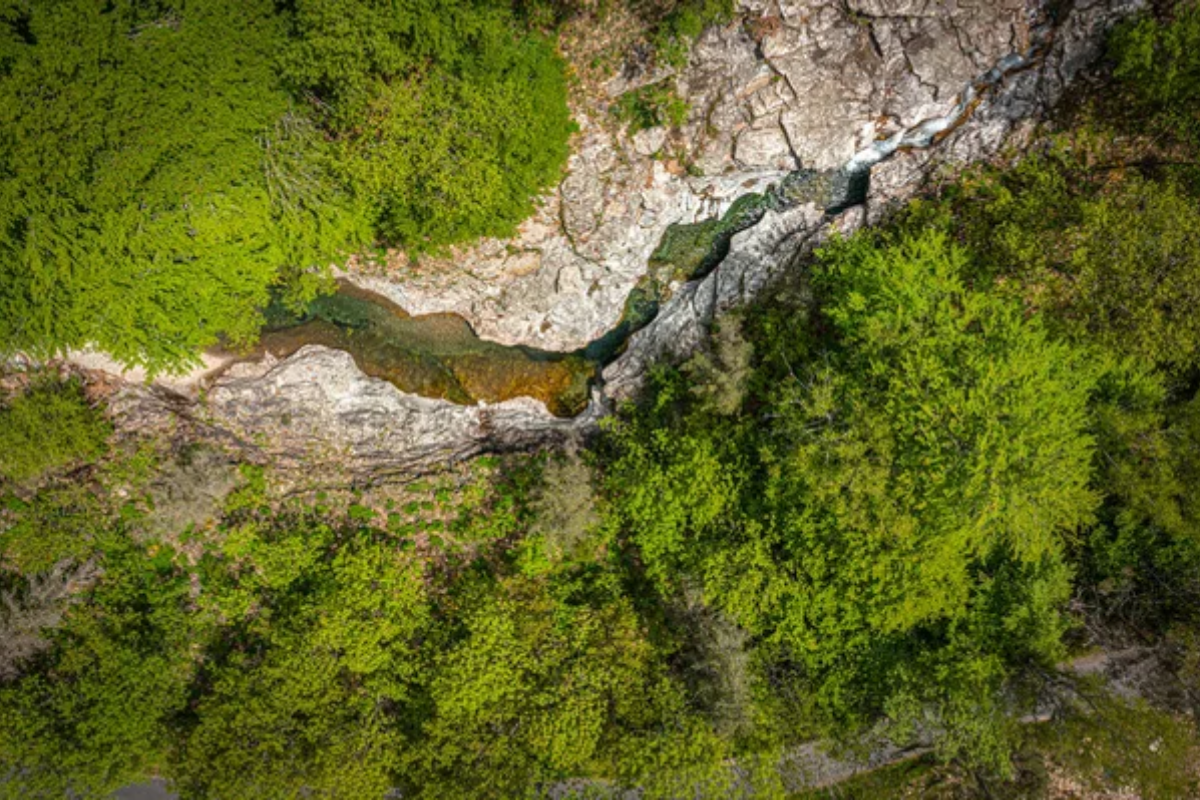
Following the route taken by the famous author in 1878, this 168-mile trail through the Cévennes Mountains offers literary connections alongside natural beauty. Stone villages with welcoming inns provide comfortable overnight stops, while days bring varied terrain from chestnut forests to limestone plateaus.
Despite being in France, one of the world’s most visited countries, this trail remains pleasantly uncrowded.
Like Travel Pug’s content? Follow us on MSN.
The Enduring Appeal of Solitude
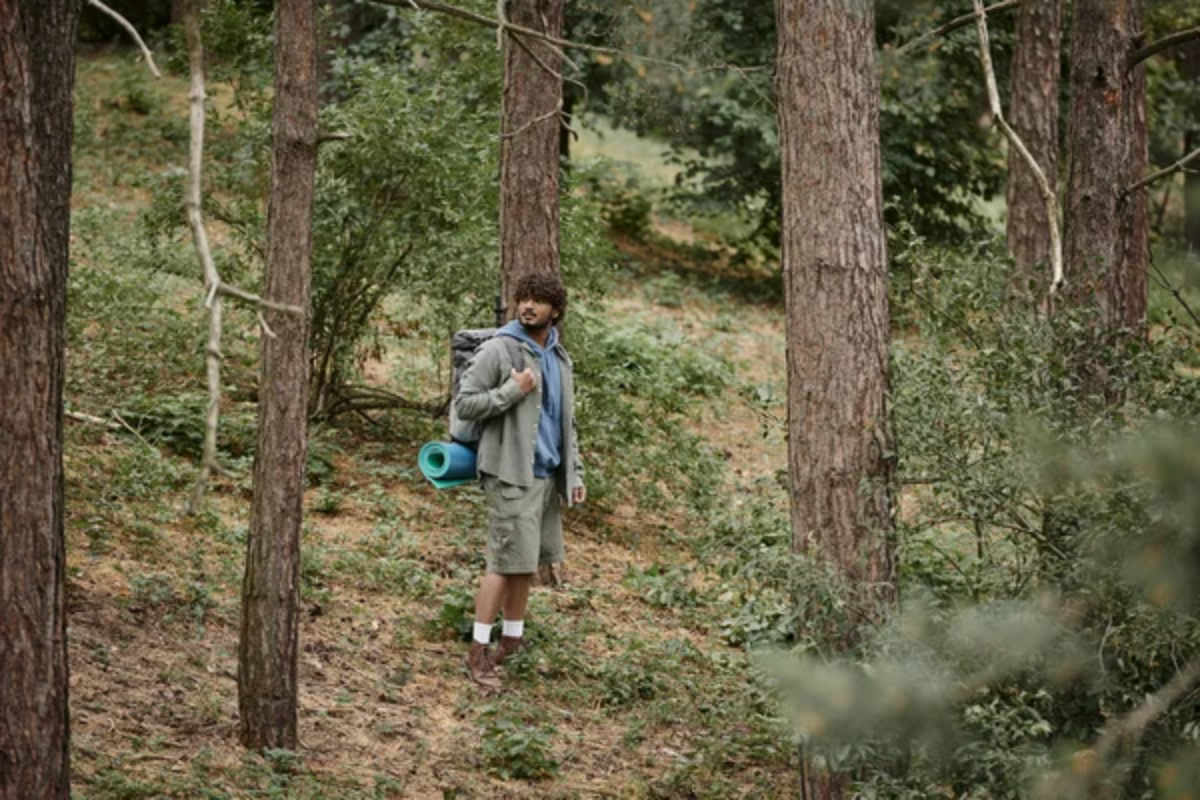
Adventure becomes more meaningful when experienced on one’s own terms, away from prescribed viewpoints and souvenir shops. These destinations offer not just physical challenges and natural beauty but also opportunities for genuine cultural exchange and personal reflection.
By embracing less-traveled paths, we often discover not just unspoiled landscapes but also parts of ourselves that remain hidden in more controlled environments.
More from Travel Pug

- 20 Destinations That Were Once Thriving but Are Now Quietly Disappearing
- 13 Destinations Where Tourists Regularly Regret Their Trip
- 20 Once-Popular Beach Towns That Are Now Ghostly Empty
- 10 Under-the-Radar Mountain Towns That Are Both Affordable and Beautiful
- Take a ‘Learning Vacation’ in These 20 Extraordinary Places
Like Travel Pug’s content? Follow us on MSN.
